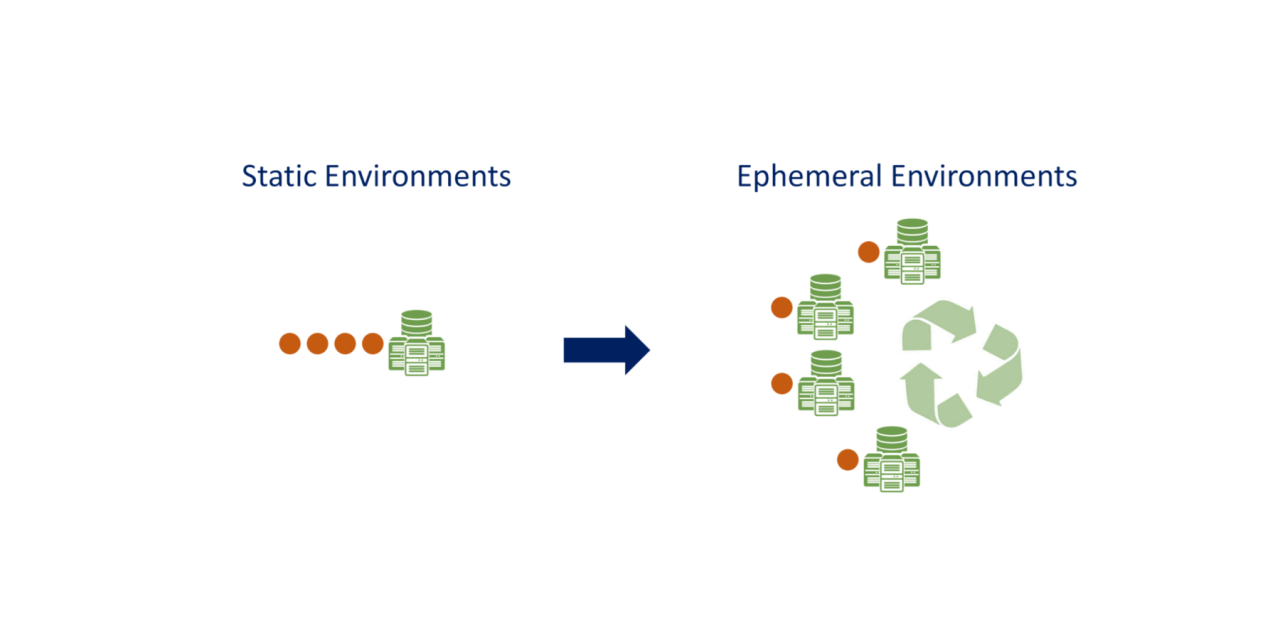By: Jim Azar, Sr. Vice President, CTO
Applications are made to last, to deliver, and also to stay away from the bad guys. Security is an essential part of the success of any application. Application security is where applications are made as secure as possible. This process entails assessing, monitoring, finding, fixing, and enhancing the security of applications. These areas are covered during the development phase and carried on to the post-deployment phase to ensure truly robust and stable applications.
Application security covers a vast wide spectrum of considerations:
- Code
- Hardware
- Network bugs
- Software flaws
- Other vulnerabilities
- Dynamic protocols for security
- Consistent testing
- Attack response
Security – A staple area
Incidentally, security is not an add-on of the application paradigm anymore. As more and more businesses build fast applications and get on board the cloud wagon, the exposure to vulnerabilities has increased.
WatchGuard predicted that in 2020, 25 percent of all data breaches would involve off-premises assets, mobile devices, and telecommuters. Cloud Jacking is emerging as a dominant cybersecurity threat, and 2020 saw more enterprises betting their reliance on cloud computing. Cloud misconfiguration is also increasing as a challenge and was spotted as the driver for most of the incidents in the Sophos 2020 Threat Report.
These threats put a new spotlight on application security. More so, as a study by Imperva also highlighted that Application Programming Interface (API) security readiness typically lags behind web app security across many organizations today. Over two-thirds of the organizations readily make APIs available to the public when they allow external developers and partners to tap into their app ecosystems and software platforms.
As the dependence on APIs increases, API-based breaches are only going to gain more power and create more damage.
That is why application security cannot be put on the back-burner. It’s critical to put enough attention, investment, and innovation in this area so that applications empower businesses, not weaken them.
What does the future hold?
Let’s look at the report Turning the Tide – Trend Micro Security Predictions 2021. We can expect how attackers will quickly normalize newly disclosed vulnerabilities, leaving users with a narrow window for patching. It has been signified that exposed APIs will be the next favored attack vector for enterprise breaches.
Also, as WFH and telepresence become realities that will continue, enterprise software and cloud applications used for remote work will be surrounded by critical-class bugs. Forrester also iterates that cloud spending will grow this year. Almost 30 percent of firms will increase spend on cloud, security and risk, networks, and mobility. The global public cloud infrastructure market will grow 35 percent to $120 billion in 2021.
As all this happens, enterprises will have to pump their strengths in application security. They cannot exploit the gains of cloud and agility unless they ensure that threats are well-guarded for.
Application security is going to become a front-burner priority in every CIO’s list now.



